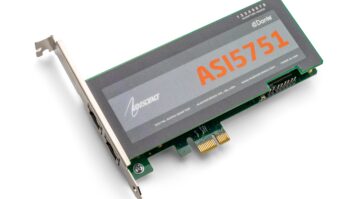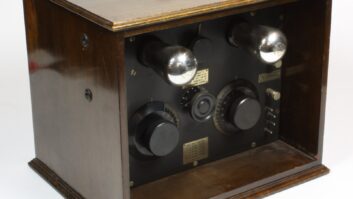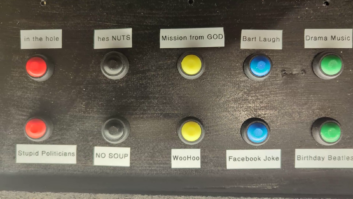Jordan Jones, founder of The Simply Sound Co., describes his new venture as “a group of friends out of Salt Lake City who are avid musicians, recording and electrical engineers. Friends would always ask us how to get the same quality in their home studios without breaking the bank.”

Their inaugural offering, the SS1, is a compact mono microphone preamp with a fixed gain around +25–27 dB. It’s intended to give dynamic microphones, particularly ribbon mics, the added boost that preamps on some mixers or interfaces can’t deliver without losing headroom or increasing noise. The SS1 is phantom-powered, so there’s no need for an additional outlet or batteries. It does not pass phantom power to its mic input, so it’s safe for ribbon mics.
Jones told me, “The SS-1 is most commonly used on broadcast microphones like the Shure SM7B and Electro-Voice RE20 due to their low outputs.”
The controls couldn’t get any simpler. There aren’t any! Plug it into a phantom powered mic input, plug a mic into the other end, and you’re in business. As advertised, it delivers quite an increase in level, so make sure the input gain is down first.
I started with an MXL R40 ribbon mic. Normally, when using this with the preamps on my digital console, I’m forced to almost max out the gain or compensate elsewhere for sufficient level. The SS1 was a big help here. I was able to get a good, hot level without overdriving, and still had ample headroom. It passed a very clean and clear signal. On the ubiquitous EV RE20, the results were impressive, partially owing to the RE20’s higher output.

Another advertised feature of the SS1 is that it brings out different tonal characteristics in some microphones. To my ears, the RE20 took on a sound more akin to a large diaphragm condenser, without sounding overly bright. I didn’t feel the need to dial in more “air” in the EQ. It was a nice complement to the mic’s proximity effect. There was one instance, plugging it into a Symetrix 528E, where the boost from the SS1 was almost too much. It didn’t take much to overdrive the input stage.
Next, I paired it with a Focusrite 2i2 USB buss-powered interface, fully expecting the 48V supply (which is generated from 5VDC, using some electronic sleight-of-hand) to buckle under the strain of actually having to power an amplifier circuit. The SS1 still did what it was supposed to do and produced a much cleaner signal at lower gain settings.
I thought it could benefit from a gain control of its own, perhaps a trim pot; or a quiet bypass switch, making A/B comparisons or removal from the signal chain easier. But, these would likely raise the cost and introduce more things to break. We’ve all heard the adage, “Keep it simple, stupid;” and that’s what Simply Sound has done. In short, the SS1 does what it claims to do, and at $75, is an affordable addition to the recording engineer’s bag of tricks.
For information, contact Jordan Jones at The Simply Sound Co. in Utah at 1-800-556-4006 or visit www.simplysound.co.












